Neem Tree
- December 27, 2023
- 0 comment
The Neem tree (Azadirachta indica) stands as a venerable symbol of natural resilience and medicinal prowess. Indigenous to the Indian subcontinent, this evergreen tree has ingrained itself deeply into various cultures and traditional medicinal practices. Renowned for its bitter taste and potent therapeutic properties, almost every part of the Neem tree holds significance.
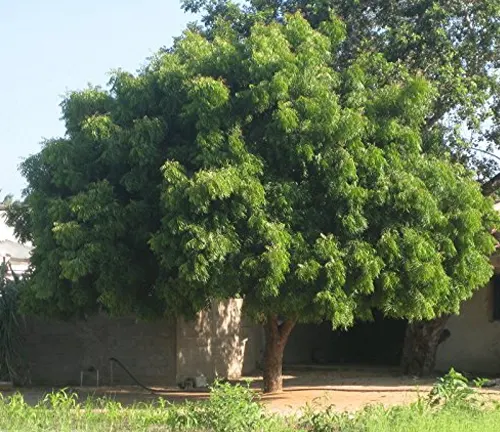
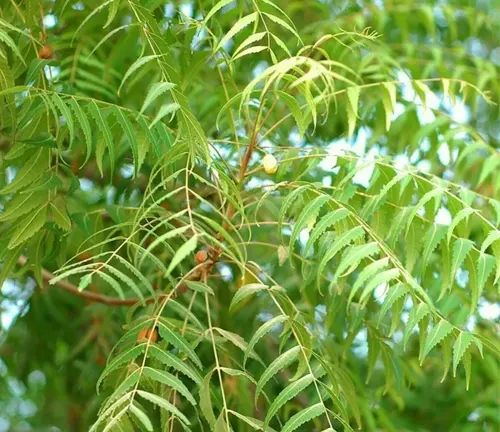
Its leaves, laden with compounds like nimbin and nimbidin, boast powerful antifungal, antibacterial, and anti-inflammatory attributes, making them a cornerstone in herbal medicine. Neem oil, extracted from the seeds, finds application in skincare and haircare, revered for its ability to combat skin issues and promote overall well-being. Additionally, Neem’s organic insecticidal properties have made it a cherished resource in agriculture, providing a sustainable and eco-friendly alternative to chemical pesticides.
Beyond its utilitarian aspects, the Neem tree carries cultural importance, featuring prominently in religious rituals and traditional ceremonies. As a testament to its versatility and time-tested efficacy, the Neem tree stands tall not just as a botanical marvel but as a guardian of health and environmental harmony.
| Attribute | Description |
|---|---|
| Scientific Name | Azadirachta indica |
| Family | Meliaceae |
| Common Names | Neem, Indian Lilac, Nimtree |
| Geographic Range | Indigenous to the Indian subcontinent |
| Type | Evergreen tree |
| Height | Typically 15-20 meters, can reach up to 30 meters |
| Leaves | Pinnate, alternate, with serrated edges |
| Leaf Composition | Rich in compounds like nimbin, nimbidin, and quercetin |
| Flowers | White, fragrant, arranged in dense clusters |
| Fruits | Olive-like drupe, yellow when ripe |
| Seeds | Source of Neem oil, containing various bioactive compounds |
| Medicinal Properties | Antibacterial, antifungal, anti-inflammatory |
| Traditional Uses | Skincare, haircare, and various medicinal applications |
| Agricultural Use | Natural insecticidal properties, eco-friendly pesticide |
| Cultural Significance | Featured in religious rituals and traditional ceremonies |
| Environmental Impact | Supports biodiversity, provides shade and oxygen |
Exploring the Neem Tree
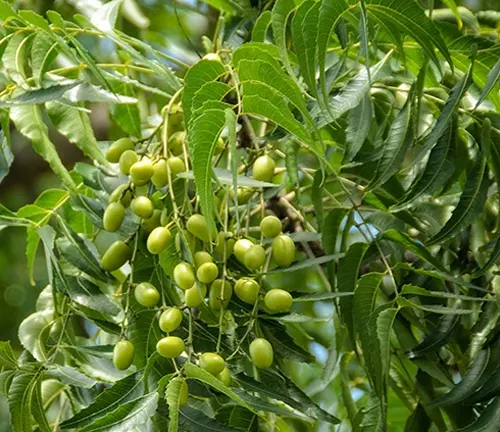
The Neem tree, scientifically known as Azadirachta indica, stands as a botanical marvel, captivating with its lush greenery and distinctive pinnate leaves. Indigenous to the Indian subcontinent, this evergreen tree has earned its place not only in the natural landscape but also in the hearts of those who value its multifaceted contributions.
A Closer Look at Neem’s Grace
The Neem tree, with its elegant and symmetrical appearance, adds a touch of woodland grace to the landscape. Towering at heights of 15-20 meters, and occasionally reaching up to 30 meters, its branches bear clusters of white, fragrant flowers, creating a scene of natural beauty. The olive-like drupe fruits and the aromatic foliage further contribute to the tree’s woodland elegance, making it a sight to behold.
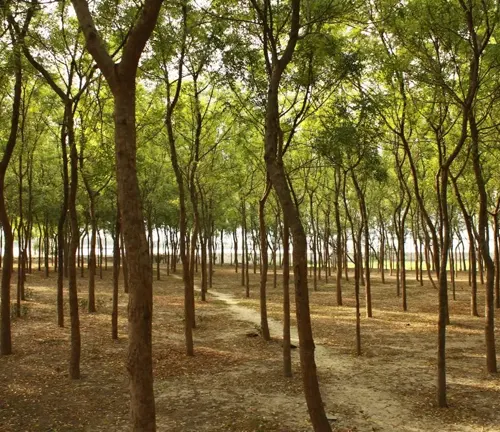
Neem as a Guardian of Biodiversity
Beyond its aesthetic appeal, the Neem tree plays a pivotal role in maintaining ecological balance. Its presence supports biodiversity by providing a habitat for various organisms. The tree’s leaves, rich in bioactive compounds, contribute to the soil’s nutrient content, fostering a healthy environment for both flora and fauna. In this way, the Neem tree stands as a guardian of biodiversity.
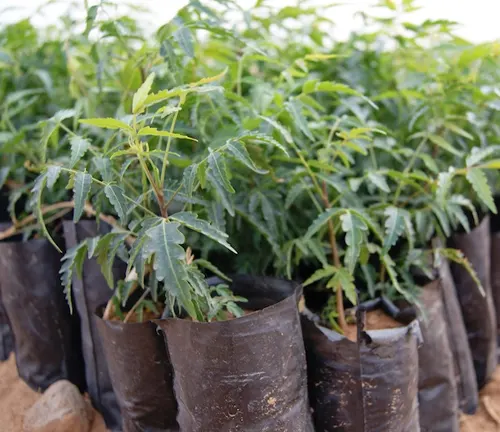
Nurturing the Neem Legacy
Cultivating the Neem tree goes beyond reaping its benefits; it involves a commitment to conservation. As a species with deep cultural and medicinal roots, efforts are underway to ensure the sustainable cultivation of Neem. Conservation initiatives aim to preserve the genetic diversity of the tree, safeguarding its unique qualities for generations to come.
Neem’s Underground Contribution
The Neem tree extends its influence below ground, contributing to soil stabilization. Its extensive root system helps prevent soil erosion, making it a valuable asset in regions prone to environmental degradation. The tree’s ability to thrive in various soil types further enhances its role in maintaining soil health.

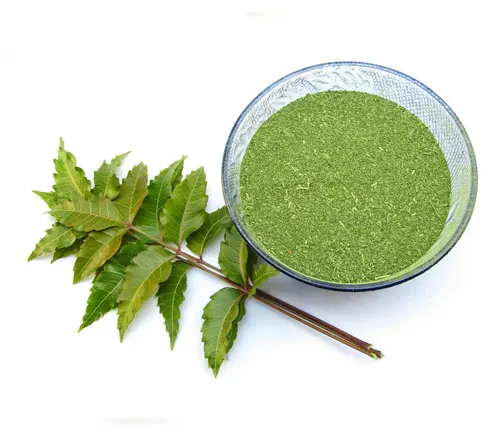
Neem’s Versatility Unveiled
The Neem tree is a treasure trove of utility, with nearly every part finding purpose. From the leaves, seeds, and bark, valuable compounds are extracted for medicinal applications. Neem oil, derived from the seeds, is a cornerstone in skincare and haircare, known for its therapeutic properties. In agriculture, Neem’s organic insecticidal properties provide a sustainable alternative to chemical pesticides.
Embracing Neem’s Wisdom

The benefits of the Neem tree extend far beyond its immediate surroundings. Its medicinal properties, ranging from antibacterial to anti-inflammatory, contribute to human health and well-being. In agriculture, the use of Neem-based pesticides aligns with environmentally conscious practices, promoting a harmonious coexistence with nature.
Unveiling the Biological Wonders of the Neem Tree
The Neem tree, scientifically known as Azadirachta indica, stands as a botanical treasure trove, revealing a myriad of biological wonders. From the roots to the leaves, each component of this evergreen species holds unique attributes that contribute to its reputation as a medicinal and ecological powerhouse.
Where Neem Finds Its Roots
Delving into the intricate dance between nature and the Neem tree, we explore the habitat map that outlines its preferred dwelling places. Indigenous to the Indian subcontinent, the Neem tree has adapted to a range of environments, from arid plains to tropical regions. Understanding its habitat sheds light on the resilience that allows the Neem tree to flourish in diverse landscapes.
Nature’s Pharmacy Unveiled
Embarking on a journey through the components of the Neem tree, we discover a natural pharmacy at our fingertips. The leaves, laden with compounds like nimbin and nimbidin, boast potent antibacterial and antifungal properties. The seeds yield Neem oil, a versatile substance with applications in skincare, haircare, and agriculture. Each component of the Neem tree contributes to its reputation as a holistic healer.
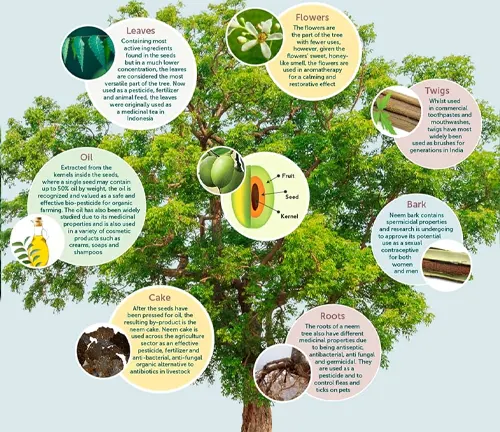
Navigating the Balance of Nature’s Bounty
While the Neem tree is celebrated for its medicinal benefits, it is crucial to explore the potential side effects that may accompany its usage. As with any natural remedy, understanding the nuances of Neem’s impact on the human body is essential. From allergic reactions to potential contraindications, navigating the side effects allows us to harness the benefits of the Neem tree responsibly and sustainably.
Different Species
Azadirachta indica
Commonly known as Neem, Indian Lilac, or Margosa, this is the most widely recognized and utilized species. It is native to the Indian subcontinent but has been introduced to various tropical and subtropical regions worldwide.

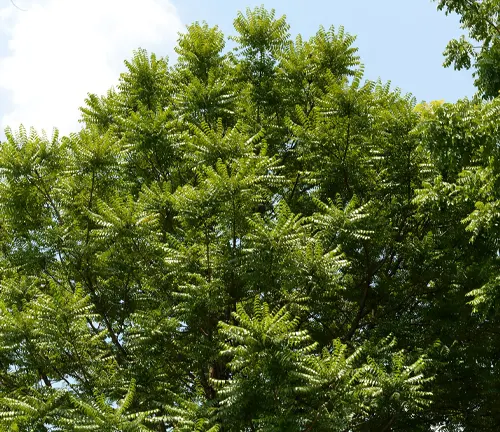
Azadirachta excelsa
Also known as the Siam Neem or Siamese Neem, it is native to Southeast Asia, particularly found in Thailand, Indonesia, and Malaysia. While it shares the genus with Azadirachta indica, it has some distinct differences.
Azadirachta siamensis
This species is native to Thailand, Laos, and Cambodia. Like Azadirachta indica, it is a deciduous tree with medicinal properties.
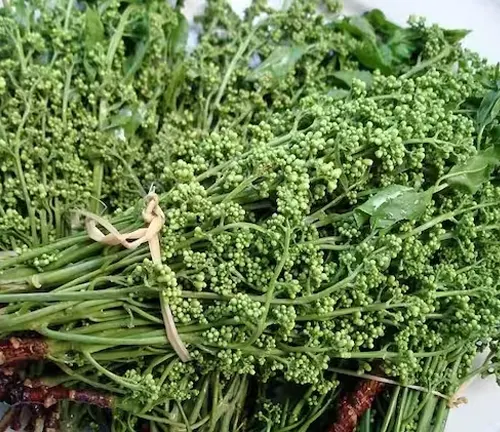

Azadirachta lancea
Found in parts of East Africa, this neem species is native to countries like Sudan, Kenya, and Ethiopia. It is less studied compared to Azadirachta indica, but it shares some medicinal properties.
Frequently Asked Questions (FAQs)
- What is the Neem tree?
The Neem tree, scientifically known as Azadirachta indica, is an evergreen tree native to the Indian subcontinent. It is renowned for its medicinal properties and various uses in agriculture. - What are the medicinal properties of the Neem tree?
The Neem tree possesses antibacterial, antifungal, and anti-inflammatory properties. It is commonly used in traditional medicine for treating various ailments, skin conditions, and more. - How is Neem oil extracted, and what is it used for?
Neem oil is extracted from the seeds of the Neem tree. It is utilized in skincare and haircare products for its therapeutic properties. Additionally, it serves as a natural insecticide in agriculture. - What is the ecological importance of the Neem tree?
The Neem tree plays a crucial role in maintaining ecological balance. Its presence supports biodiversity, and its leaves contribute to nutrient-rich soil, benefiting the surrounding ecosystem. - How is the Neem tree used in agriculture?
Neem-based products, such as Neem oil, are used in agriculture as organic insecticides and pesticides. They offer an eco-friendly alternative to chemical counterparts. - Are there different species of Neem trees?
Yes, there are several species within the Azadirachta genus, with Azadirachta indica being the most widely known and used. Other species include Azadirachta excelsa, Azadirachta siamensis, Azadirachta lancea, among others. - Can Neem trees be grown outside their native regions?
Yes, Neem trees can be grown in tropical and subtropical regions worldwide. They are adaptable to different soil types and environmental conditions. - What is the cultural significance of the Neem tree?
The Neem tree holds cultural importance in various traditions and rituals, particularly in South Asian cultures. It is often associated with purity and is used in religious ceremonies. - Are there any side effects associated with the use of Neem products?
While Neem is generally safe, some individuals may experience allergic reactions. It’s advisable to conduct a patch test before using Neem-based products. Pregnant or breastfeeding women should consult with a healthcare professional. - How can I cultivate and care for a Neem tree?
Neem trees are relatively low-maintenance. They thrive in well-drained soil and full sunlight. Regular watering and occasional pruning contribute to healthy growth. However, specific care may vary depending on the local climate and conditions.




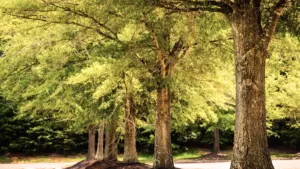
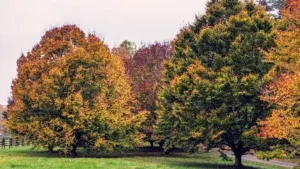

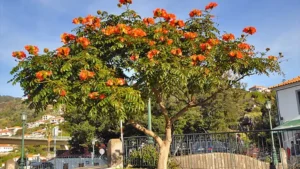
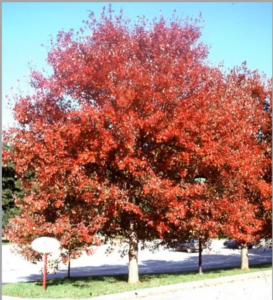

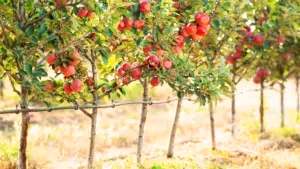

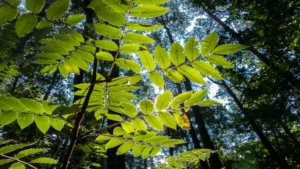
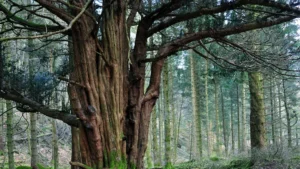
Leave your comment